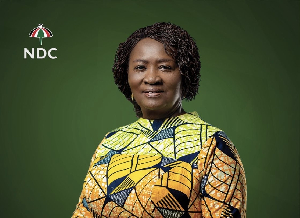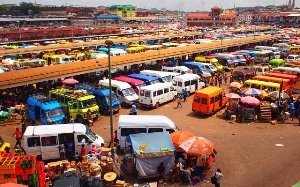Ghana's high average grid electricity tariff threatens the country’s competitiveness as an investment destination on the continent, the 2019 Ghana Energy Outlook has revealed.
Currently, the country’s tariff is about twice that of South Africa, China and India where most imports to Ghana originate.
“Most heavy or base metal industries including the underground gold mines would require on the average tariff less than 6 US cents per kWh to stay competitive with similar products imported.
“Light industries could go as high as 10 US cents per kWh to survive. Thus, the prevailing energy tariff for industries are still on the very high side and any attempt to increase it could worsen the situation,” the report noted.
Ghana’s energy sector arrears and debt situation was about US$4 billion as at 2018. Power sector liabilities added GHc5.1 billion ($954 million), or 1.5% of gross domestic product, to Ghana’s debt in 2019.
“The power subsector debt alone is increasing by about US$100 million every quarter,” the report noted.
This was confirmed by the President Nana Addo Dankwa Akufo-Addo in his recent State of Nation Address (SONA) that the country paid nearly US$1billion for unused power in two years, as a result of the many ‘take or pay’ contracts signed in previous years.
“The five years of energy crisis led to the signing of what can only be described as various contracts that have landed our country with a huge financial burden. The take or pay contracts resulted in the country being saddled with expensive excess power and our having to pay nearly $1billion in 2018 and 2019 for power we do not need. We are working to find a way out to ensure a reliable power supply at a cost that makes it competitive in the sub-region.” The President said.
According to the report, most of the debts have been due to short-term loan contracted by the power producers culminating in the ‘take or pay’ and the distribution utilities’ inability to collect adequate revenue to cover their operations.
Finance Minister, Ken Ofori-Atta said earlier this month that the country will use as much as US$1 billion of the proceeds of a recent $3 billion Eurobond sale to restructure Ghana’s deals with independent power producers.
In order to address the chronic debt challenges and to facilitate equitable distribution of all cash collected in the power sector value chain using the end user tariff as a basis, the Cash Waterfall Mechanism (CWM) concept was instituted in 2016.
It was to be implemented through the development of a formula, for adequate distribution of revenue to all stakeholders in the power sector value chain. Ever since, the CWM has still not been operational.













